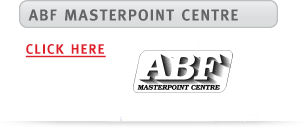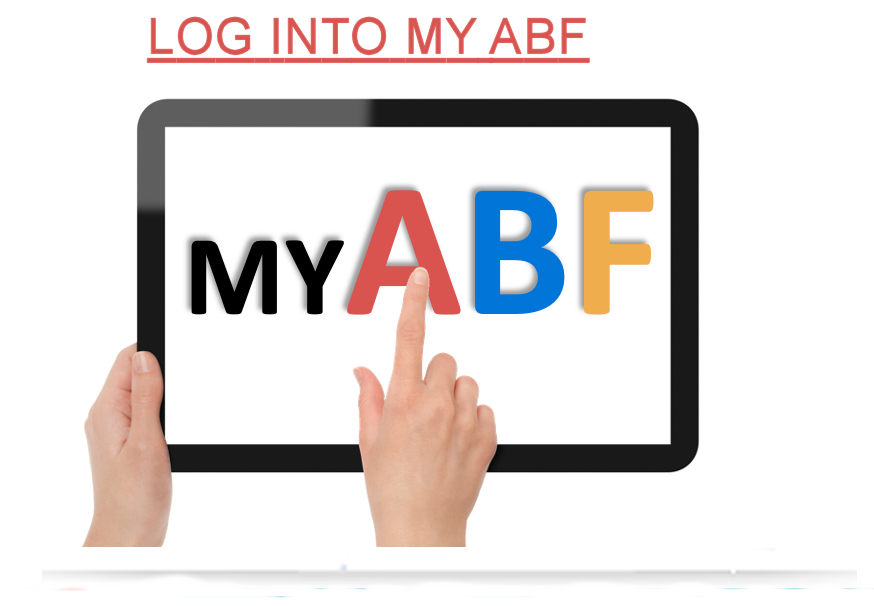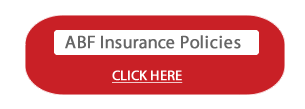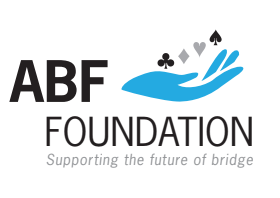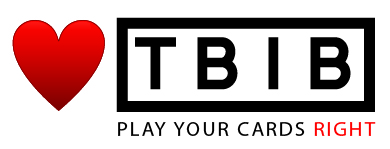
Winning at Pairs (Matchpoints)
You receive a “top” (score) if your result is better than that of any other pairs sitting in the same direction. It’s not the actual score that counts, but the number of pairs you beat. The size of the top depends on the number of tables in the field, eg with nine tables, you and your partner could have beaten eight other pairs, so a “top” will be 8, and a corresponding “bottom” 0. You receive one point for each pair you beat and half for pairs with whom you tie. So, in pairs, you need to go for any extra trick that comes your way.
If your opponent makes more tricks than anyone else, they will receive a top and you, a corresponding bottom. At the end of the session, each pairs’ scores are totalled, and expressed as a percentage of the total matchpoints available. It would be impossible to score 100%, because on some hands every pair plays in game and scores the same result (so no-one has a “top” or “bottom”). Any percentage above 55% is considered good, with scores in the 60’s excellent, and 70’s rare!
Winning at Teams (IMP’s)
This is a different story altogether to pairs. Here you are usually trying to beat just one team at a time, rather than a large number of other bridge players. Make your contracts safely, bid thin vulnerable games. Playing a steady game and making fewer mistakes than the opponents should see you winning at teams.
The Rules (Bridge Etiquette)
There is a formal code of conduct in a serious game or tournament, and this may at first surprise newer players. A common problem is to do with the tone and speed of your bidding. It’s supposed to be consistent, so that you give partner information based only on the bids you make, not the way you make them.
Bidding in tempo all the time is hard, since some hands are more difficult than others, but the longer you take to decide, the clearer it becomes to everyone, especially partner, that you must have something of interest in your hand. Suppose you think, and then pass. Unfortunately your hesitation (innocent or otherwise) has conveyed information to partner. Your opponents have been put at a disadvantage. If the director is called, your partner won’t be allowed to bid. They may well have been planning to bid anyhow, but now they probably won’t be able to.
In general: Bridge should be played competitively, with a sense of fair play and friendly rivalry, and with an awareness of the rules. These simple guidelines should be kept in mind (from Paul Marston at Grand Slam):
- Count your cards before you look at them.
- Agree on the number of tricks before packing up your cards at the end of a hand.
- Don’t make any comments about the bidding or play until the end of the hand, and generally the less said at the bridge table the better.
- Don’t take too much time. There is a certain amount per hand, and it’s not fair to constantly be slow.
- Don’t discuss a hand played earlier. Your opponents may not have played the hand, and you may be giving them an insight into what they should do.
- It’s best not to comment on your successes, which are also the opponents’ failures. Saying things like: “Oh that’s a top partner” is very bad manners.
- Don’t convey information to your partner by gestures, hesitations or mannerisms. It’s unethical to do this
- You may draw inferences from the opponents’ hesitations (at your own risk), but it is not accepted to draw inference from your partner’s hesitation or manner
- Don’t recriminate over a bad result. Don’t harass partner by asking questions that start with “Why?”
- North or South should do the scoring, and East and West must check their score.
- Call the director whenever something goes wrong. It’s proper procedure, and they will advise you of relevant rulings. The director is there to keep things equitable.
- You should warn the opponents, by saying “alert” when your partner has made a bid that isn’t what it seems in your system. An opponent may, in his turn, ask the meaning of the alerted call. You are bound to give a full explanation
Your Partner
To be successful at the bridge table, you have to work with your partner. There’s no way to reach the best contracts by yourself, or to defend a hand without help from partner. Bridge is a combination of luck, skill, and your relationship with your partner. No matter how much you have of the first two, you won’t get far without the third ingredient. Audrey Grant suggests that you “Look at the person sitting opposite you, and think of something you love about the way they play”.
You
Don’t criticise yourself at the table, because even a little self-condemnation can get out of hand. First we think that we simply made an unlucky lead, next we consider that it helped declarer make the contract. Then we reflect that we never seem to make a good lead. In fact, we don’t really understand the game at all…perhaps we just don’t have the ability to play a good hand of bridge….
Timothy Gallwey, who wrote “The Inner Game of Tennis”, puts it like this:
“First the mind judges the event, then groups events, then identifies with the combined event, and finally, judges itself. As a result, what happens is that these self- judgements become self-fulfilling prophecies” We should take a non-judgemental approach at the bridge table, both of our partner and ourselves!


